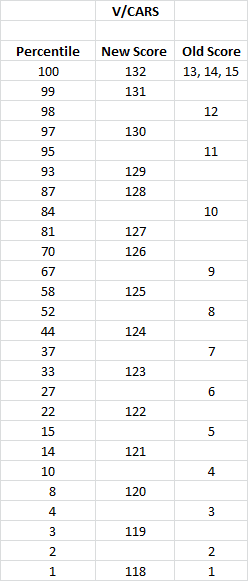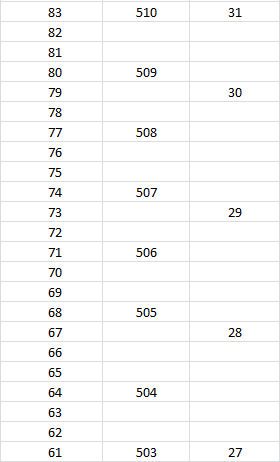- Joined
- Apr 6, 2014
- Messages
- 14,146
- Reaction score
- 22,778
Updated 5/3/2018
Good evening fellow premeds, wise med students/docs/adcoms, and Goro.
I put together an excel file for easy comparison of the new MCAT 2015 and Old MCAT percentiles, both composite and section scores. It is built from AAMC's official distributions: the Final Percentiles for the MCAT 2012-2014 and the New Percentile Ranks for May 2018-April 2019.
Here are the tables for quick reference:

Let me know any suggestions or mistakes.
Good evening fellow premeds, wise med students/docs/adcoms, and Goro.
I put together an excel file for easy comparison of the new MCAT 2015 and Old MCAT percentiles, both composite and section scores. It is built from AAMC's official distributions: the Final Percentiles for the MCAT 2012-2014 and the New Percentile Ranks for May 2018-April 2019.
Here are the tables for quick reference:

Let me know any suggestions or mistakes.
Last edited:



